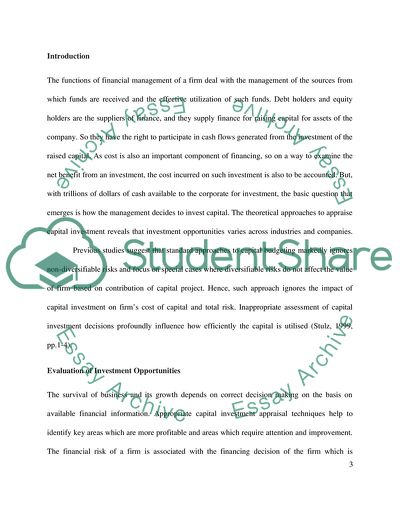Cite this document
(Financial strategy Essay Example | Topics and Well Written Essays - 3000 words, n.d.)
Financial strategy Essay Example | Topics and Well Written Essays - 3000 words. https://studentshare.org/finance-accounting/1818543-financial-strategy
Financial strategy Essay Example | Topics and Well Written Essays - 3000 words. https://studentshare.org/finance-accounting/1818543-financial-strategy
(Financial Strategy Essay Example | Topics and Well Written Essays - 3000 Words)
Financial Strategy Essay Example | Topics and Well Written Essays - 3000 Words. https://studentshare.org/finance-accounting/1818543-financial-strategy.
Financial Strategy Essay Example | Topics and Well Written Essays - 3000 Words. https://studentshare.org/finance-accounting/1818543-financial-strategy.
“Financial Strategy Essay Example | Topics and Well Written Essays - 3000 Words”. https://studentshare.org/finance-accounting/1818543-financial-strategy.


